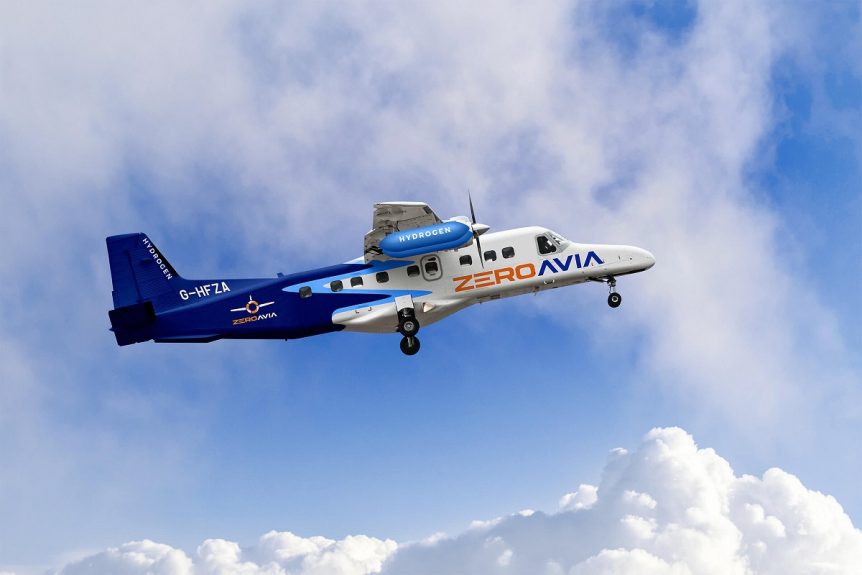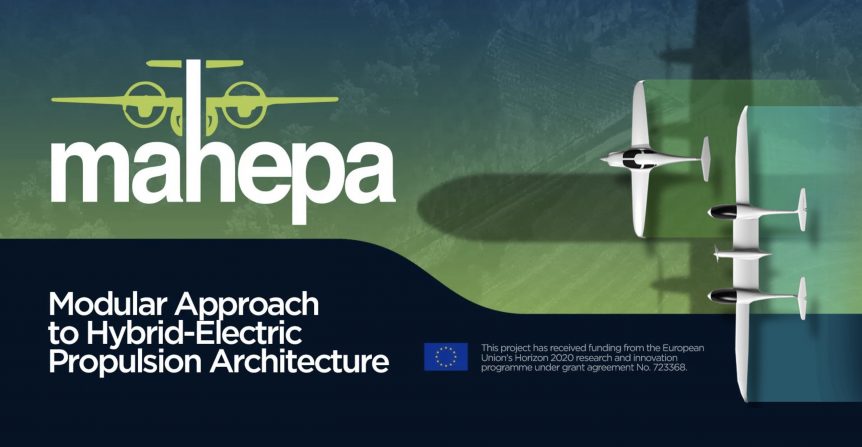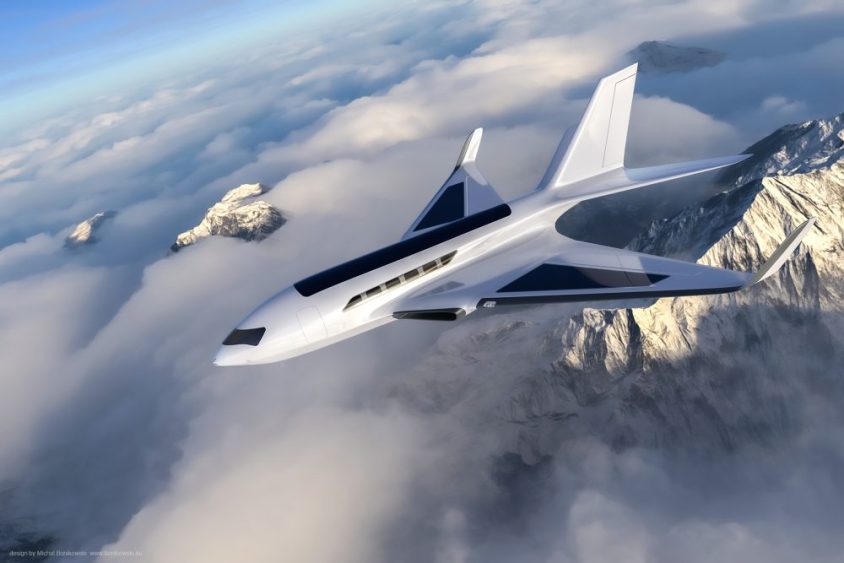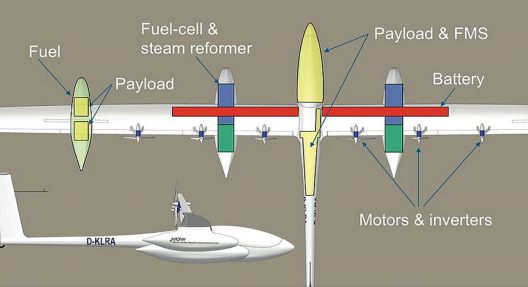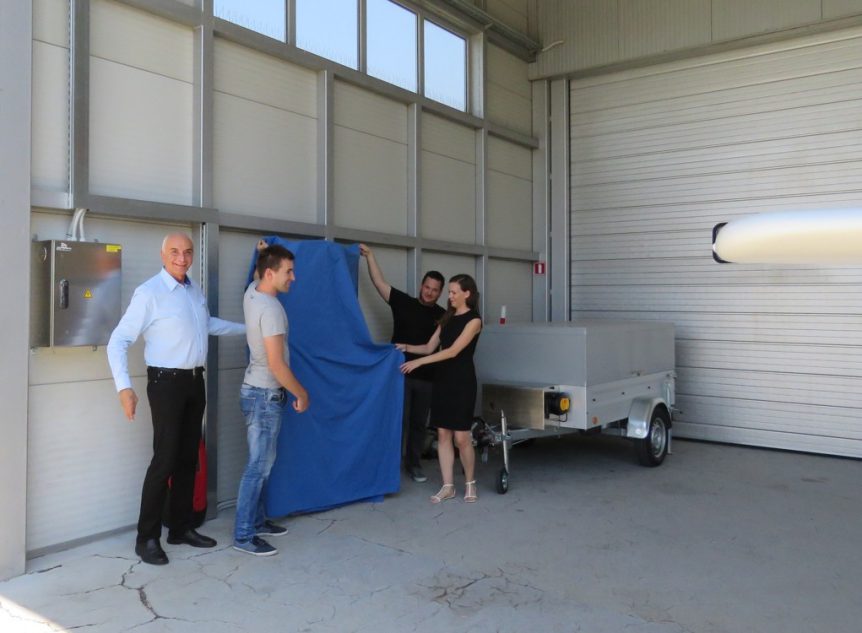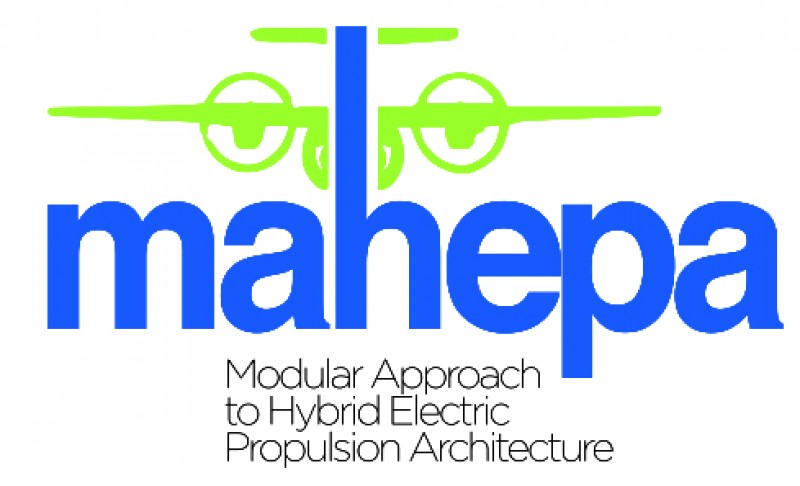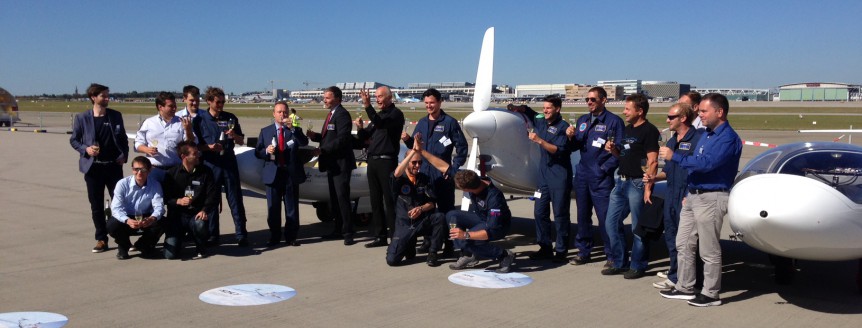Two companies promoting hydrogen power for aircraft are upsizing their aspirations, with aircraft hauling four to up to 40 passengers. Both have ambitious timelines. ZeroAvia, operating in Hollister, California and Cirencester, England has been flying a Piper Malibu demonstrator, but anticipates flying a 10 to 20 passenger Dornier by 2024. It would expand that to a 50-passenger craft by 2026. H2Fly in Germany has been flying their Pipistrel-designed HY4 for several years and through six generations. The firm looks forward to taking incremental steps toward a 40-passenger regional airliner by 2030. ZeroAvia ZeroAvia reports on troubling trends in aviation’s contribution to greenhouse gases, but follows with a possible solution. According to their web site, aviation accounts for over 12 percent of total transportation emissions, and may double that by 2050. High altitude contrails mean aviation emissions have two to four times the effect of ground source emissions. Regulators want drastic changes. The European Union mandates a one quarter the CO2 …
MAHEPA and HY4 Go High
MAHEPA (Modular Aproach to Hybrid-Electric Propulsion Architecture) is a European Union project to build emission-free aircraft. A public flight of Pipistrel’s HY4 hydrogen-powered, four-seat aircraft was the latest demonstration of the group’s progress. Challenging Objectives Overall, MAHEPA hopes to accomplish five objectives: Advancing the fuel-driven serial hybrid-electric Powertrain which uses a lightweight internal combustion engine (ICE), capable of running multiple fuels as the power generation module. Advancing the reliability of zero-emission serial hybrid-electric powertrain which uses a Proton Exchange Membrane (PEM) Hydrogen Fuel Cell (FC) as the power generation module. Advancing new airborne qualified, lightweight, high-power density components such as a 200 kW+ electric motor, a 100 kW+ generator and improved power electronics using Silicon Carbide (SiC) technology to increase efficiency of power transmission due to decreased switching losses. Developing “common building blocks” solutions also for different aircraft configurations, enabling the proliferation of powertrain modules between various aircraft. Gathering, analyzing and comparing in-flight performance and emission data in order to …
Flying the Atlantic Electrically – The Freedom Flight Prize
It almost stops your editor in his tracks when he reflects that 93 years ago, Charles Lindbergh crossed the Atlantic in his Spirit of St. Louis. Even more astounding, competitors may win the Freedom Flight Prize by the 100th anniversary of that flight by making a cross-Atlantic and return flight in a 100-passenger, all-electric airliner. Carbon Footprint Ltd. Lindbergh’s plane, custom built but derived from a Ryan M-1 mail plane, cost $10,580 ($158,357 in 2019 dollars) and earned the $25,000 Orteig Prize. Now, an organization in England, “Carbon Footprint Ltd. has launched a competition to encourage sustainable passenger flight. It has created the Freedom Flight Prize, a competition focused on crossing the Atlantic Ocean 100-percent powered by renewable energy — with seating for 100. The first to do so will win the prize, which is expected to be worth millions of British pounds by the time there’s a winner,” according to Cleantechnica.com. “The competition is open to manufacturers, research/academic groups and inventors to …
First Lindbergh E-flight Rally
The Lindbergh E-flight Rally coinciding with Friedrichshafen’s annual Aero Expo will explore the growing capabilities of these amazing machines. The Lindbergh Foundation invites owners of electric aircraft to gather two days before the opening of Aero Expo 2020 to fly over the scenic marvels of Germany, alighting on Expo opening day “around 11 a.m., just on time for the AERO press conference.” The hoped-for en masse arrival would highlight the number of electric aircraft now flying and their reliability. Organizers explain, “Like the first ultralight aircraft did then, the first electric aircraft today need to prove that they already function perfectly.” The two-day aerial cortege would fly “along Lake Constance, and past castles, palaces, and churches, to a first stopover at Regio Airport Mengen, which was recently awarded a contract by the state of Baden-Württemberg for the construction of a test platform for electric flight/autonomous flying.” There, entrants will charge their batteries and head for their second and last …
UMass Lowell Puts Hydrogen in a Canister
One problem with recharging electric vehicles is finding a charging station on the road. Electric vehicle makers provide GPS clues on their moving map displays, and electric pilots will doubtless have markers for fields with appropriate facilities for our future E-flyers. Researchers at the University of Massachusetts at Lowell may have done an end run around that problem, though. Their “new technology uses water, carbon dioxide and the metal cobalt to produce hydrogen gas on demand at a relatively low temperature and pressure.” The hydrogen produced goes directly to a fuel cell which generates electricity and powers the EV’s motor, rechargeable battery and headlights. When the canister that contains the H2 is empty, the driver can swap it with a “full” one. The researchers haven’t shared a great number of details, but we can guess the volume and weight of the canisters based on similar applications on the Pipistrel H4 and e-Genius, the much tested first and second-place winners, respectively, …
Pipistrel Opens World’s First True Airplane Charging Station
On August 30. Pipistrel inaugurated the first electric charging station to fully warrant the name, charging one of their own Alpha Electro trainers. The project was co-financed by the Ministry of Education, Science and Sport and the European Union from the European Social Fund. Led by Pipistrel, the LECAD Laboratory, and the Academy of Fine Arts and Design, mentors and students developed and constructed a fully-functioning station. Technical characteristics of the charging station: – capable of charging two electric aircraft at the same time – current strength: 2 x 20 kW – charge speed: one hour to fully charge Alpha Electro – operating voltage 3f 400V AC – WiFi connection to the network As Pipistrel explains, “The goal of the project was the production and installation of a (public) charging station for electric airplanes, since in the filling of electric aircraft, in practice, the need for stationary charging has been shown.” Mentors and students from LECAD Laboratory, the Academy of …
MAHEPA, Modularizing the Approach to Clean Flight
Pipistrel, itself flying pure electric and hybrid aircraft, has announced its participation in MAHEPA, a Modular Approach to Hybrid-Electric Propulsion Architecture. MAHEPA aims to,” reduce the gap between research and the production of low-emission propulsion technologies that would enable the achievement of environmental objectives in the field of aviation by 2050.” Mahepa’s first meeting, held May 15 and 16 at Pipistrel’s headquarters at Ajdovscina (Slovenia), helped define the direction for a major academic/industry project. Led by the aircraft manufacturer, in cooperation with Compact Dynamics, DLR (Germany’s equivalent of NASA), the University of Ulm, H2Fly, Politecnico di Milano, TU Delft and University of Maribor, project goals are impressive. – “To boost research in the field of low emission propulsion technology to open up possibilities for series production of greener airplanes in order to support European environmental goals in aviation.” This will result in “novel, modular and scalable hybrid-electric powertrains capable of running on alternative fuels or on hydrogen with zero emissions.” …
HY4 Makes First Public Flight – Your Editor Rides EAA’s Ford Trimotor
A day after Pipistrel, the DLR and associates flew the first public demonstration of their four-seat hydrogen-powered HY4, your editor and a friend took a brief hop around the Aurora State Airport in Oregon in EAA’s Ford Trimotor, the first certified airliner in America. The two events, roughly equal in duration, if not in historicity, demonstrate a readily observable progress in aeronautics. A quickening of design and technology 14 years after the Ford 5AT first flew on a scheduled route that took 51 hours total time to cross the United States (and split transport duties with trains), your editor’s father was whisked nonstop by Army Air Corps C-54 across the Atlantic to Shannon, Ireland, and then to Bobbington and Newquay, England to work on bombers for the duration of the conflict. Those 14 years seem like a major quickening of design and technology, which brought us pressurized cockpits, turbocharged engines, and great leaps forward in speed, endurance and reliability. Following the …
G4 to HY4 – Swapping Batteries for Fuel Cells
The University of Stuttgart and Pipistrel started down similar paths around 2007, with the Stuttgarters attempting a hydrogen-powered two-seat aircraft, the Hydrogenius; and Pipistrel developing a self-launching craft with either two-stroke power or an equivalent electric motor. The two groups came to rely on one another, with hydrogenius using the forward fuselage and wings of the Taurus G2 with hydrogen tanks in the fuselage and a Sineton motor on the tail. On February 27, 2008, Professor Rudolf Voit-Nitschmann, the father of the solar powered aircraft Icare 2 and the unofficial World Record holder for distance flown in a solar powered aircraft, along with dipl. ing. Steffen Geinitz and dipl. ing. Len Schumann met with Pipistrel leaders, including CEO Ivo Boscarol and designer Tine Tomazic at the company headquarters in Ajdovscina. Because the area aft of the wing was different for the Pipistrel G2 and Hyrogenius, the fuselages looked entirely different. Hydrogenius used the volume behind the wing to stow the H2 …
Avoiding Propeller Strikes on Electric Aircraft
At last year’s Electric Aircraft Symposium, Ron Gremban, developer of the Prius plug-in hybrid, shared several questions about promoting safety in electric aircraft. One aspect that provoked deep thought was that of safety for those working around an electric airplane, whose propeller could start quietly and possibly strike an unaware bystander. During the Green Flight Challenge, it was noteworthy that unlike their gasoline-powered counterparts which idled while awaiting takeoff, the Pipistrel G4 and e-Genius awaited their turn to launch with propellers at rest, only spinning when commanded – and very quietly at that. The question of avoiding prop strikes found at least one answer at EAS VII. Karl Kaser demonstrated, in model form, his ePropeller Safety Device (eSD), noting “the risk to people, animals or objects in the propeller disk area and that they can be injured or damaged accidentally during the run-up of the propeller.” He first noted that issue in the case of e-Genius, on which he was …

